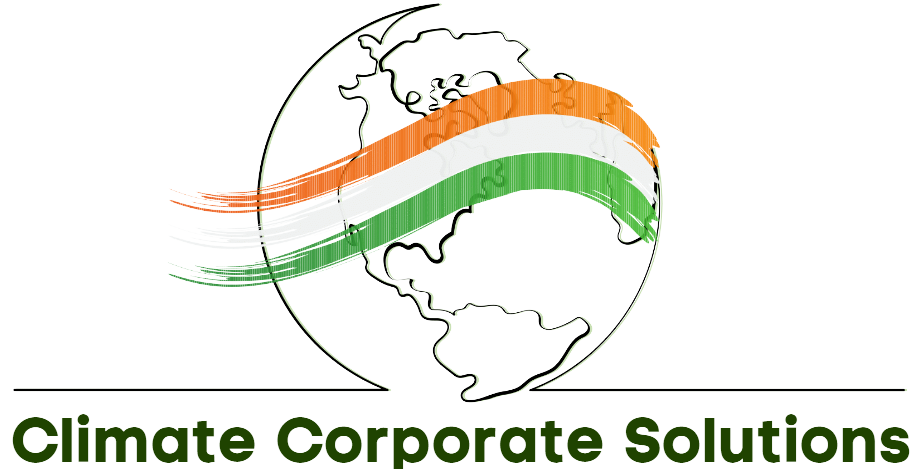In the heart of drought-prone Orange County, California, what appears to be murky iced tea in treatment vats is the future of water security. At the Groundwater Replenishment System, 130 million gallons of treated wastewater are transformed daily—within just an hour—into crystal-clear drinking water for nearly one million residents.
This state-of-the-art facility employs a three-step purification process: microfiltration, reverse osmosis, and ultraviolet disinfection, producing potable water that exceeds federal standards. Launched in 2008, the plant now provides 45% of the county’s water, significantly reducing reliance on dwindling aquifers and imported water from distant rivers.
Denis Bilodeau, president of the water district, believes this model is more than a local success—it’s a blueprint for water-stressed regions globally. As climate change accelerates water scarcity, cities worldwide are rethinking the once-taboo idea of recycling sewage for drinking. Already implemented in Singapore, Israel, and Kuwait, direct potable reuse is now gaining traction in the U.S. as a practical, resilient, and sustainable water solution.
From stormwater management to climate resilience, Orange County is demonstrating that with the right science, wastewater can help create a future built on conservation and innovation. Read More
News Credit: The Guardian
Picture Credit: Mario Tama/Getty



